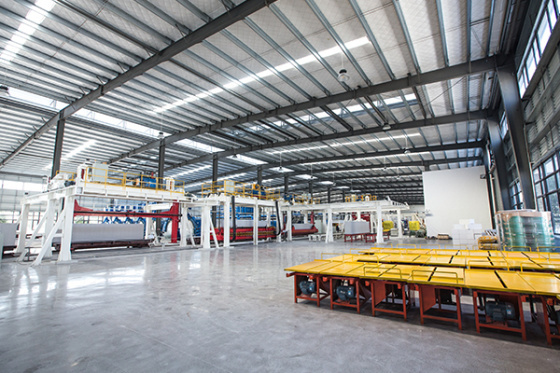Function and scope of use of industrial dehumidifiers
Conventional industrial dehumidifiers are widely used in enterprise units and factory workshops, and most of them are selected based on the applicable area and humidity requirements. Recently, the national epidemic has gradually declined, and many enterprises have begun to resume work. Everything is warming up, including the weather, because spring is coming.
Spring is the season of recovery for all things, with the air humidity gradually increasing. Spring becomes the most active time for various bacteria, and colds and fever are prone to occur in spring.
The survival of bacteria requires a certain temperature and humidity, and most bacteria do not tolerate high temperatures. Around 20 ℃ is the most suitable for growth, so spring is also like a greenhouse warming bed for bacterial survival and reproduction.
For factories or enterprises, the control of indoor environmental humidity is a crucial task, as it not only relates to the comfort of workers working in the environment, but also relates to personnel health issues, as well as economic benefits and safety hazards of the enterprise.
The machines in the production workshop are basically metal equipment. Once the ambient humidity is too high, they can easily rust and even break down, causing safety hazards, affecting the production efficiency and product quality of the enterprise. At the same time, the loss of machines also causes economic losses for the enterprise.
The packaging of stored products is mostly carton packaging. When the humidity is too high, the cartons are prone to moisture, mildew, softening, and lack load-bearing capacity, and cannot be transported and stacked.
In addition, there are archives, underground garages, and computer rooms that store paper materials, which can cause damage due to moisture.
Conventional industrial dehumidifier
The dehumidification principle of a conventional dehumidifier is to pump moist air into the machine, drive the evaporator and condenser through the compressor, condense the moisture in the air into water droplets for collection, and then discharge the treated and dried warm air outside the machine. This cycle reduces indoor humidity.
Conventional industrial dehumidifiers are widely used in enterprise units and factory workshops, and most of them are selected based on the applicable area and humidity requirements.
Explosion-proof dehumidifier
Chemical production often encounters various gases and vapors with explosive hazards. Where these media are present, appropriate explosion-proof electrical appliances should be correctly selected in accordance with relevant specifications, standards, and regulations.
Explosion-proof dehumidifier is a type of explosion-proof electrical appliance used for a class of electrical equipment in places with explosive gas and vapor hazards. Air dehumidifiers mainly used in flammable and explosive environments such as petroleum, chemical, military, oil depots, and offshore oil platforms are important measures to ensure safe production and prevent explosions and fires.
Rotary dehumidifier
The rotary dehumidifier is based on the principle of physical adsorption. When air passes through the rotating dehumidification wheel, water vapor is absorbed by the porous honeycomb shaped dehumidification wheel, and the air coming out is dry; When the rotating dehumidification wheel passes through the regeneration area, the adsorbed water is heated and converted back into water vapor, which is discharged through the pipeline, finally achieving control of ambient air humidity.
The most significant advantage of a rotary dehumidifier is that dehumidification is not limited by ambient temperature. The operation of conventional industrial dehumidifiers is limited by the ambient temperature. When the ambient temperature is below 18 ℃, the dehumidification effect will significantly decrease, while the rotary dehumidifiers can still operate normally. It can be seen that rotary dehumidifiers are mostly used in situations where the ambient temperature is low and there are requirements for humidity control, especially in special low-temperature environments such as pharmaceuticals, chemical laboratories, lithium battery industries, and military industries.




